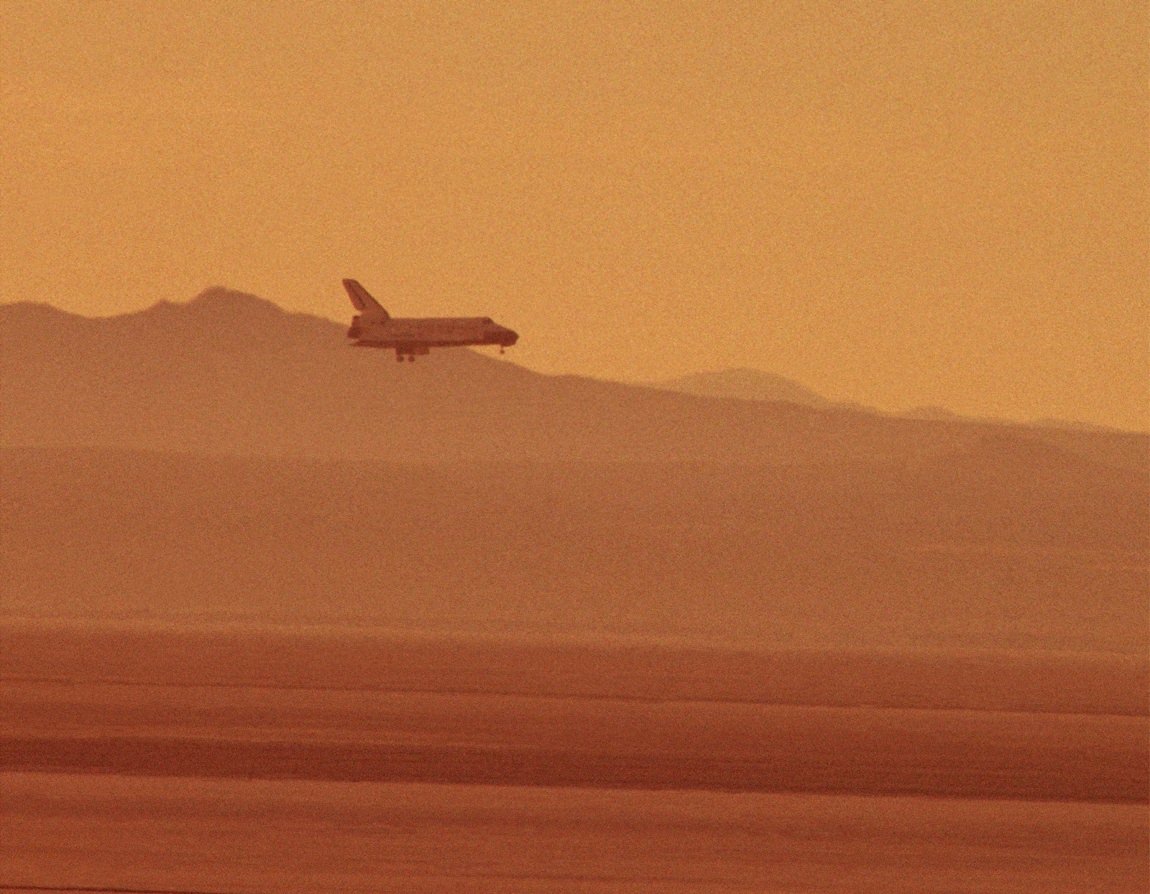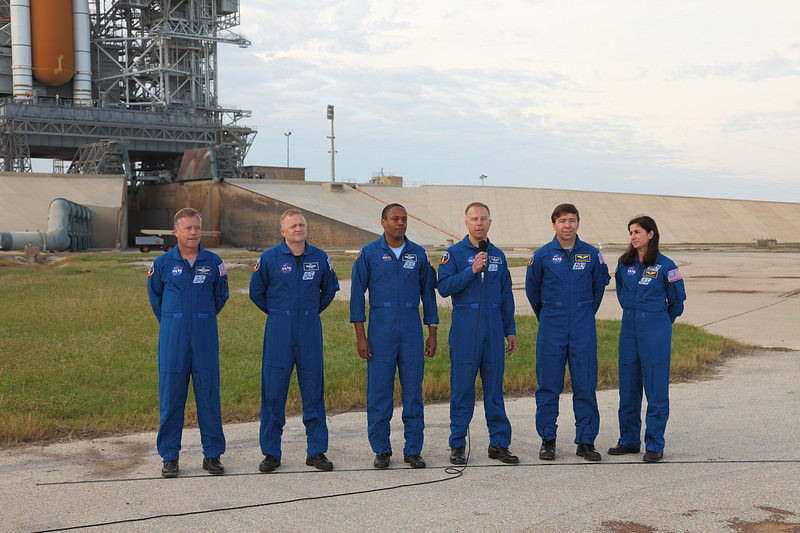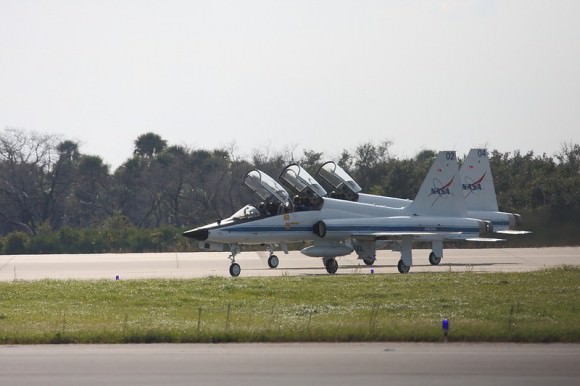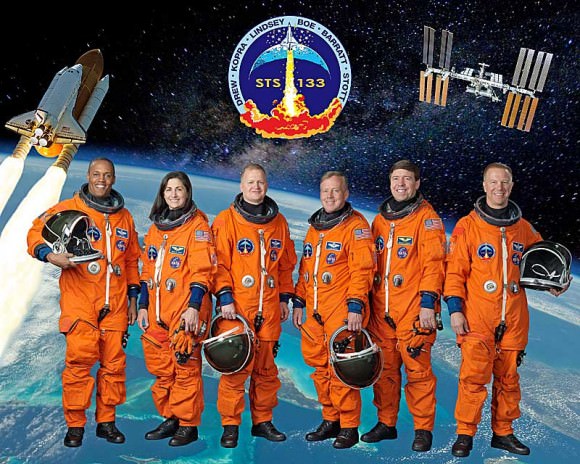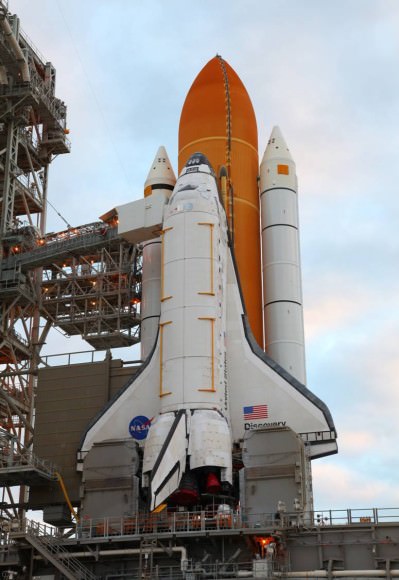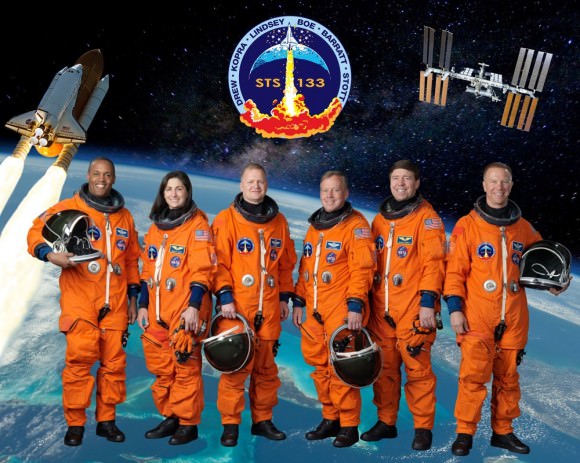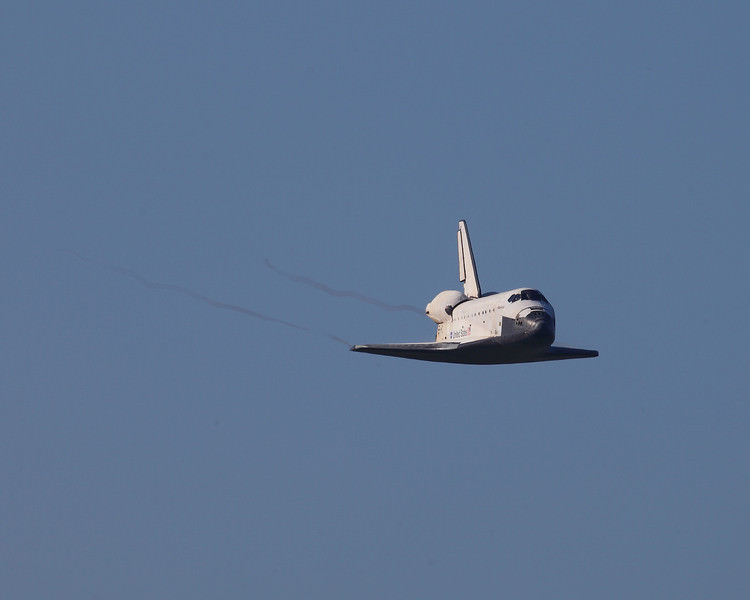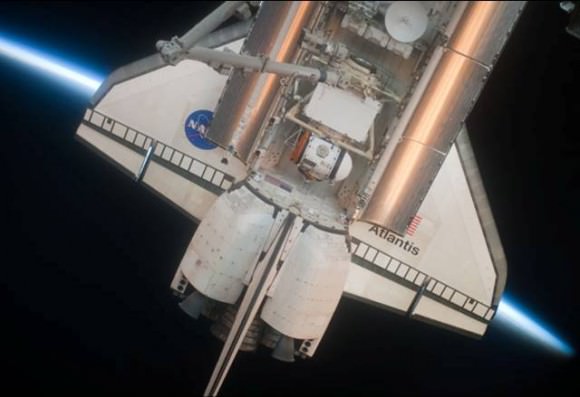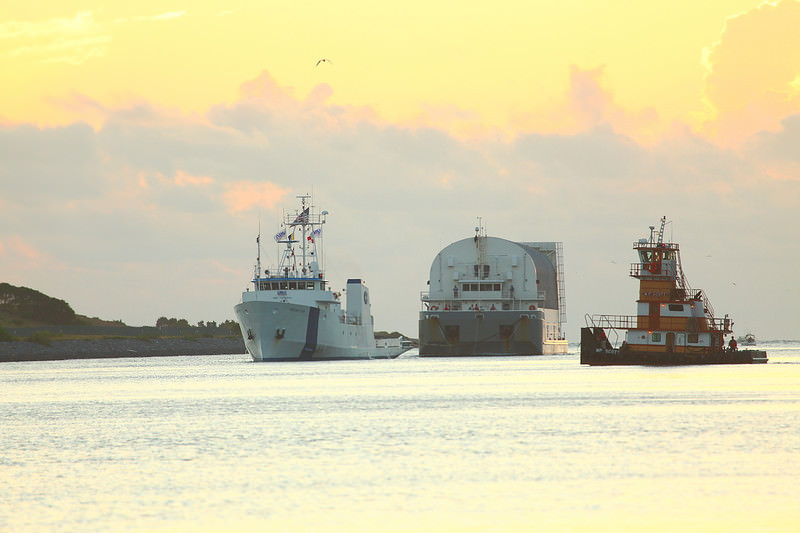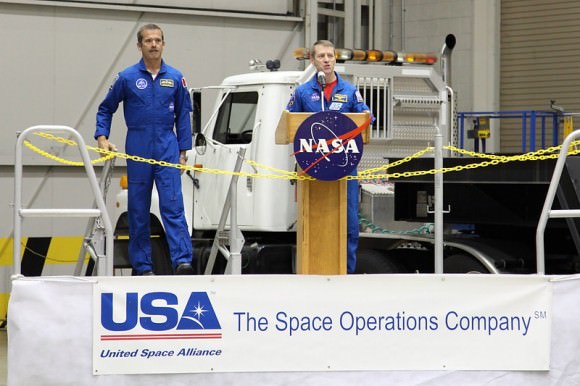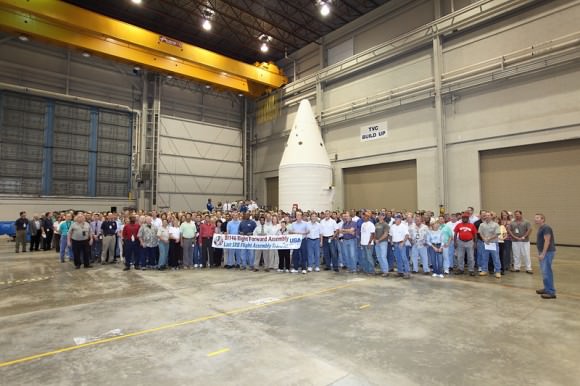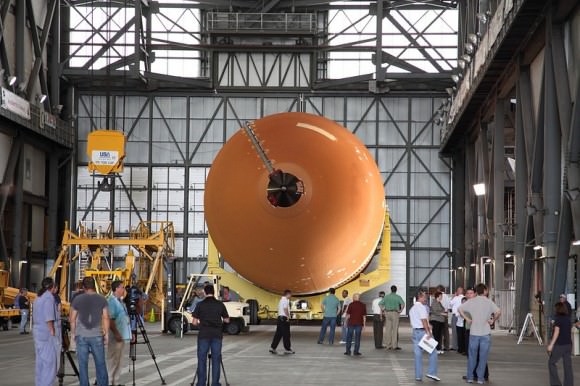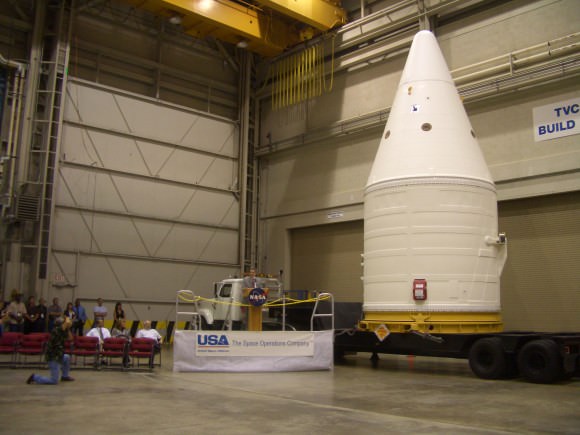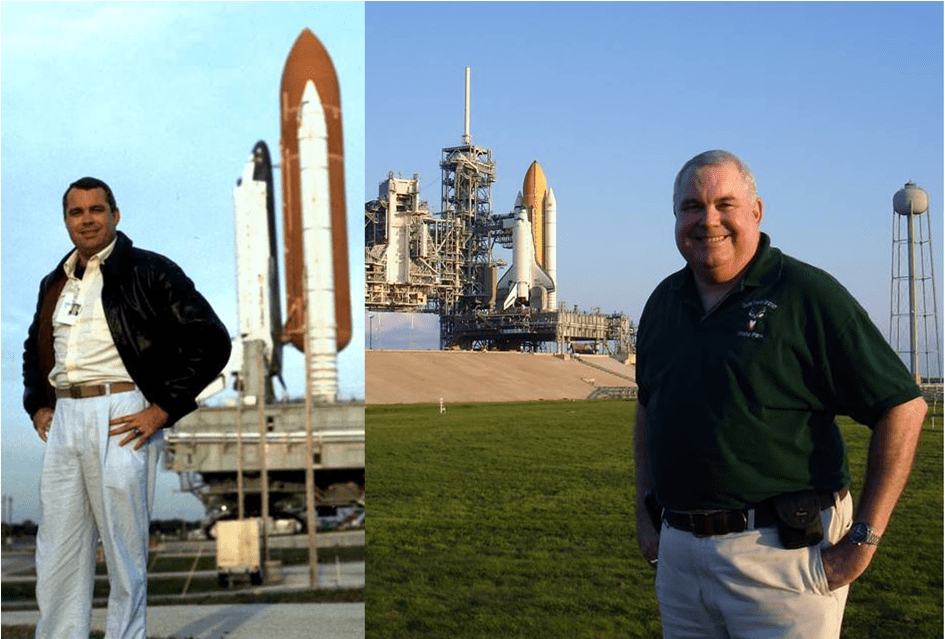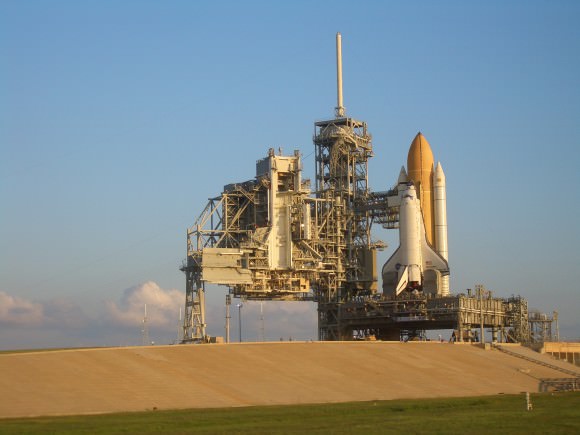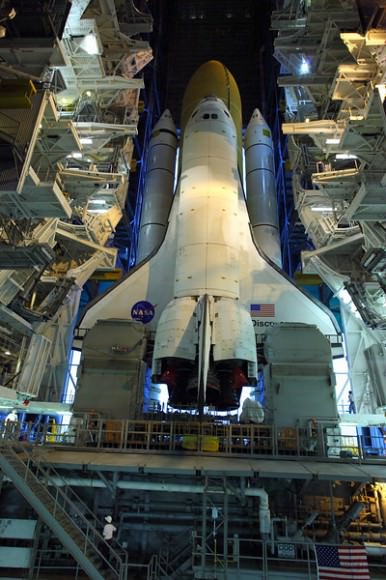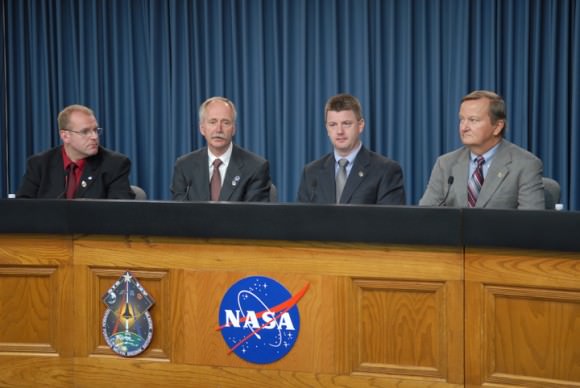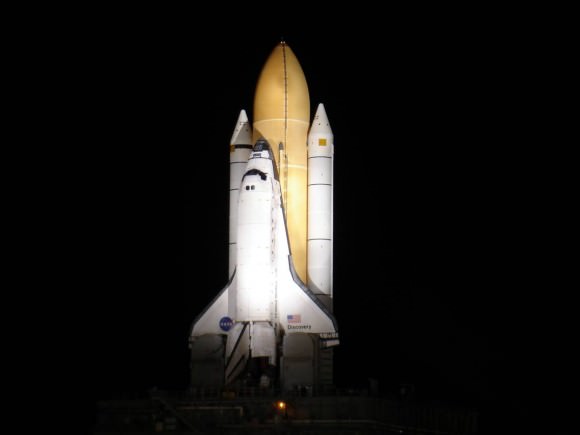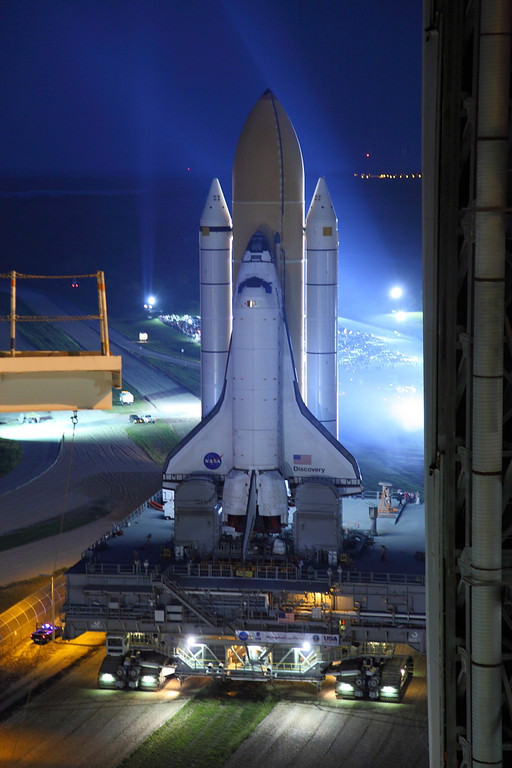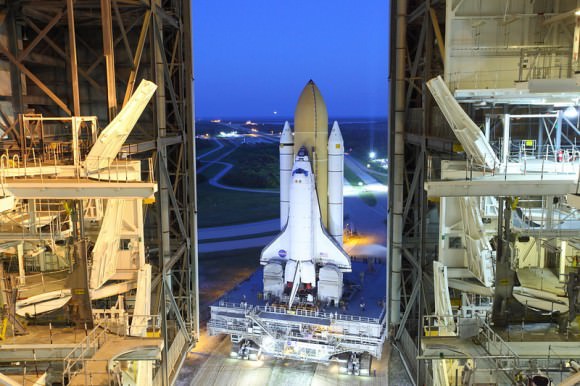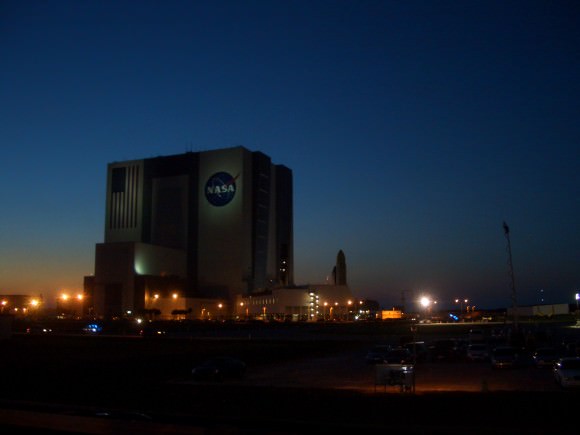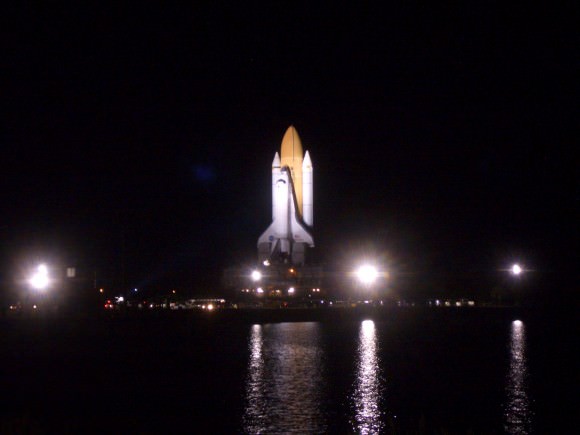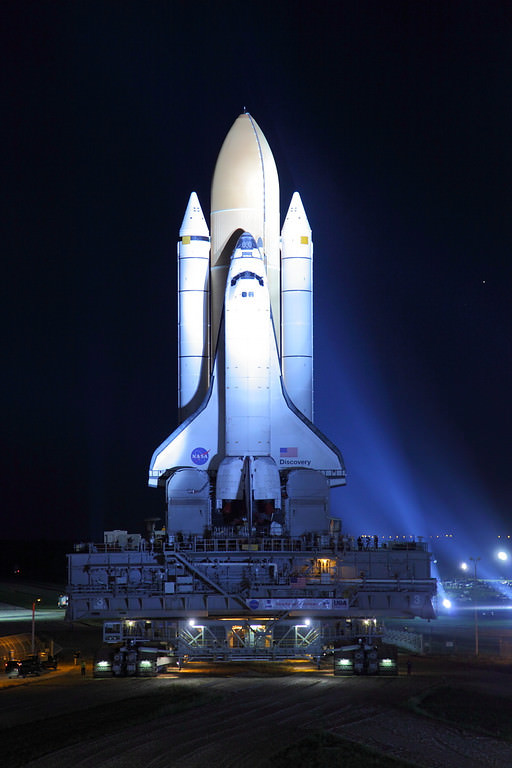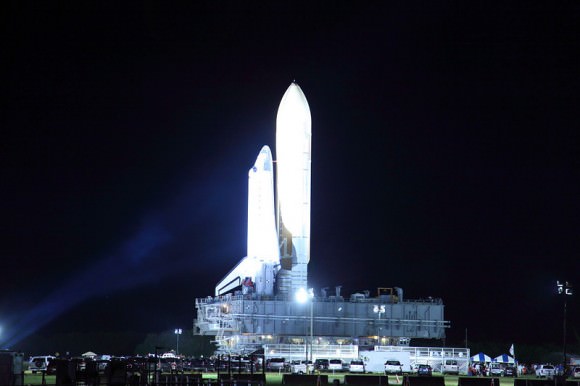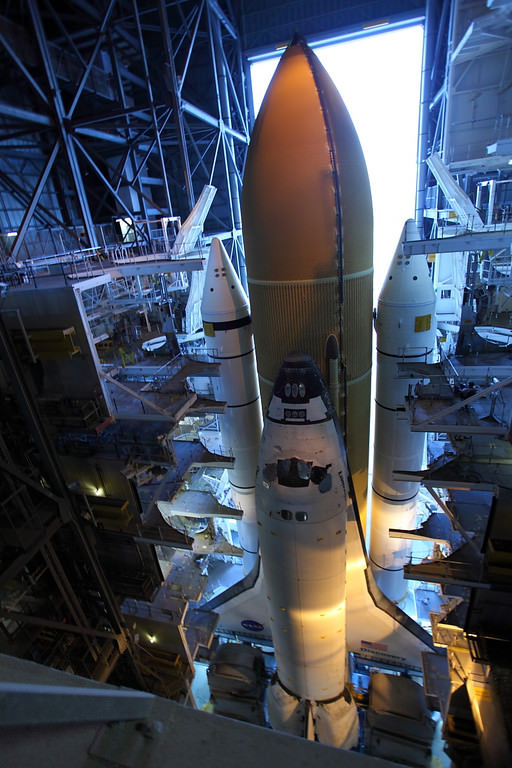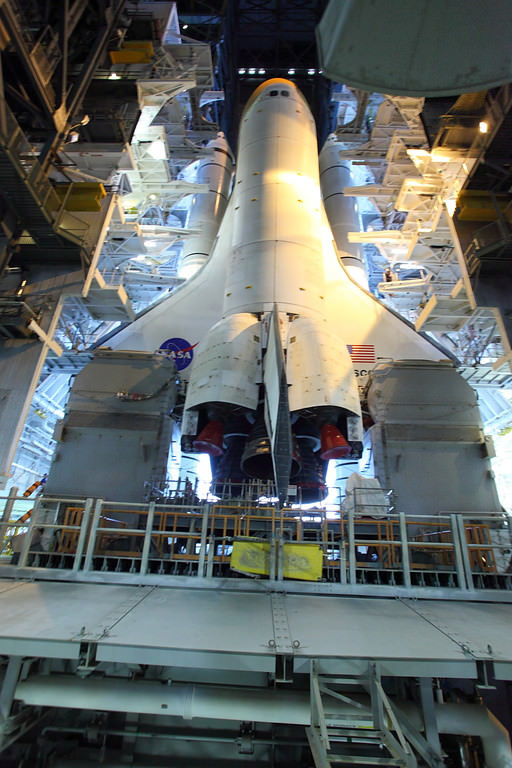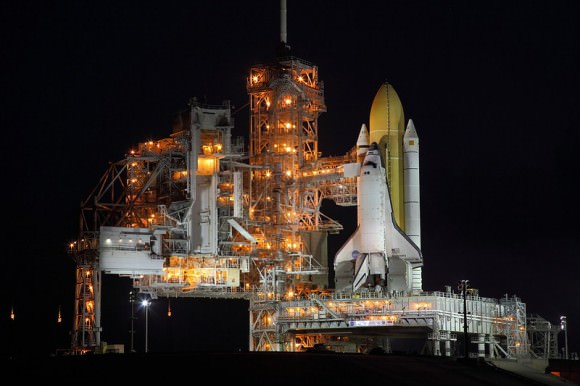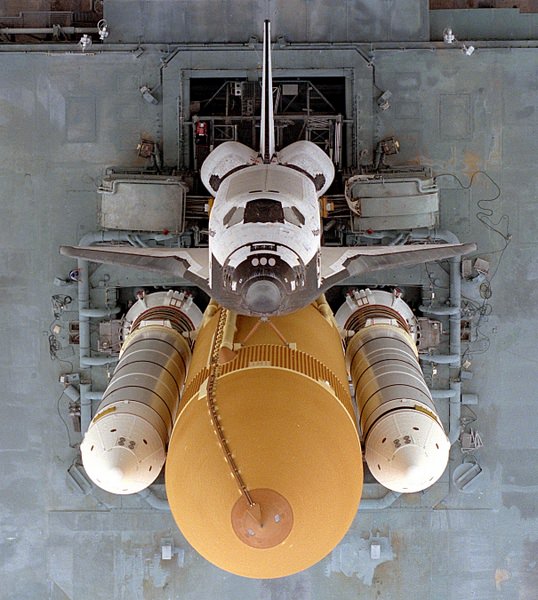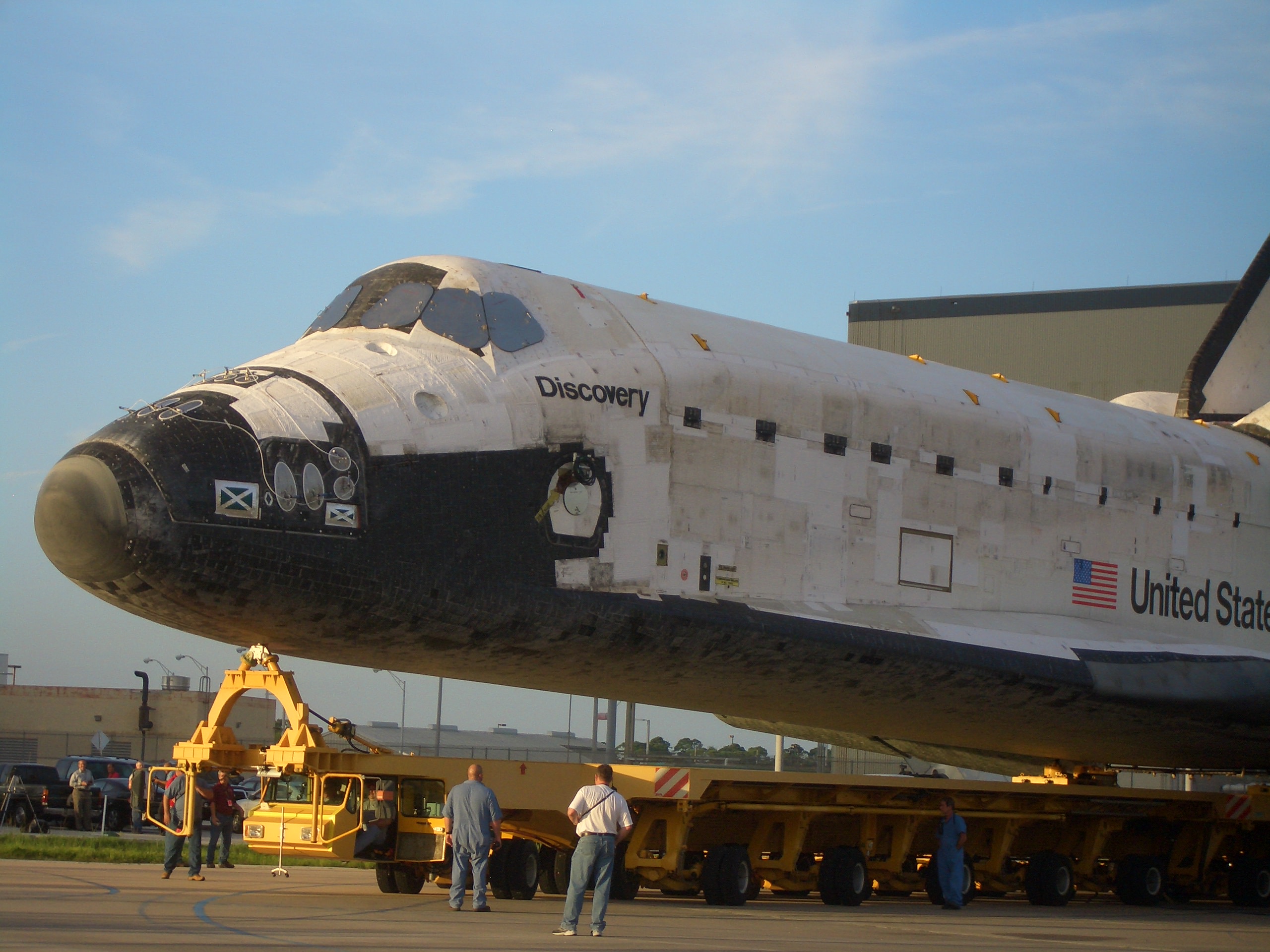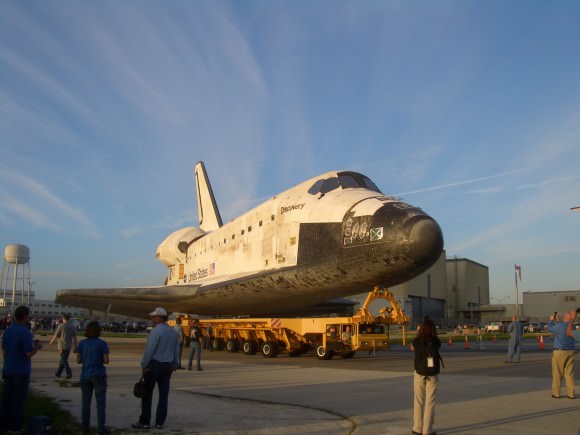[/caption]
As he looks back over the years, former shuttle astronaut Robert Springer remembers the shuttle era very clearly. He flew on Atlantis – and Discovery. With the final flight of Discovery only a few days away, he took time out of his busy schedule to reminisce about his time ‘riding rockets.’
“Great memories,” Springer said, “I’m really proud of the opportunity I had and the chance to serve my country, and so it was was special — very special.”
Springer received his aviator’s wings in 1966 with the United States Marine Corps. He flew F-4 Phantoms in Vietnam where he also served as an advisor to the South Korean Marine Corps. Springer would fly some 300 combat missions in F-4s and an additional 250 combat missions in O-1 Bird Dogs, UH-1 “Hueys.” Springer would eventually attend navy Fighter Weapons School – known more commonly as “TOPGUN.” Springer has been awarded numerous awards including the Navy Distinguished Flying Cross and the Bronze Star.
He was selected to become an astronaut in 1980, completing training one a year later in 1981. He served on the support crew for STS-3 working on various aspects of the “Canadarm” remote manipulator system. Between 1984 and 1985 he served as CAPCOM on seven shuttle flights. After waiting nine years he flew his first mission in 1989 aboard Discovery on STS-29.
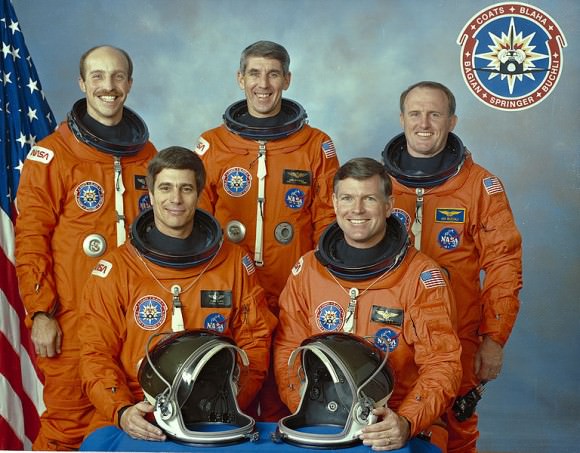
STS-29 was a highly-successful mission that deployed a Tracking and Data Relay Satellite (TDRS) and conducted numerous experiments while on orbit. A year later in 1990 Springer again left Earth for the black sky on STS-38. This mission was aboard Atlantis and was a classified Department of Defense mission. It was the first mission to land at Kennedy Space Center in Florida since 1985. Of the two missions, Springer remembers STS-38 with a bit of a smile.
“My first flight on STS-29 was shortly after the first Return-to-Flight in 1988 and while the media attention was nice, once is enough,” Springer said. “So for STS-38 we were completely cut off from the press – it was fantastic! I just felt kind of bad for the new guys on that flight as they missed that aspect of a shuttle mission.”
When speaking with Springer, you can see the smile fade somewhat when the subject turns to the final flight of Discovery, arguably the most historic of the surviving orbiters.
“It’s going to be a little tough, realizing that this will be the last time that Discovery will be going into space,” Springer said while looking out at Launch Complex 39a. “You know that someday that the program is going to come to an end, but to actually have that take place and come to fruition, while exciting to see it launch – it will be sad.”
He fondly recollected his experience on board Discovery as one of the most amazing experiences in a career that has witnessed some of the most powerful experiences in American history.
“The flight overall was fantastic, it was so incredibly intense,” Springer said with a smile. “We were one of the first flights after the Challenger accident. While we normally plan for a 16 hour day during missions, we were so busy it ended up being an 18 hour day. Whenever we had a free minute we would hog the windows and stare out into space until you couldn’t fight it anymore and you’d drift off to sleep – and around the shuttle cabin.”

